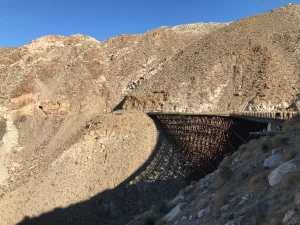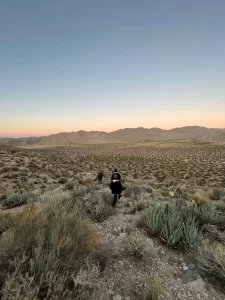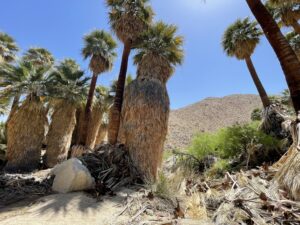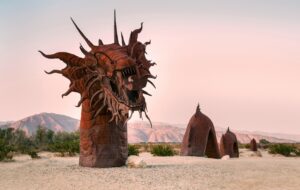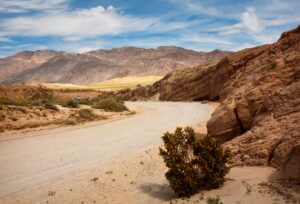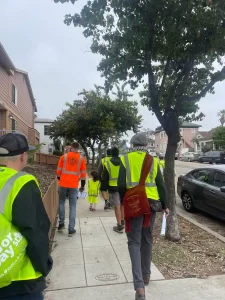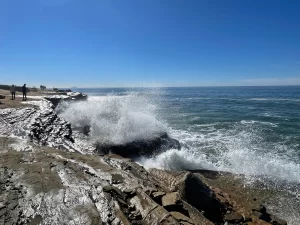About Cabrillo National Monument
Cabrillo National Monument is like a big brother to Sunset Cliffs in Ocean Beach – it is historically significant, beautiful, and part of the National Park System. It is where the first European explorer – Juan Rodriguez Cabrillo – stepped foot on modern California in 1542 (and then immediately left and got murked in the Channel Islands a few months later and then no Europeans set foot in San Diego for over two hundred years).
On the western side of Cabrillo National Monument, several beautiful hiking trails run along the sides of time-worn cliffs. During high tide watch waves crash high against the rocks, while low tide is the perfect time to go tide-pooling – a favorite local San Diego past time. If you’re unfamiliar with tide-pools, they are little cups of seawater left over in the rocks – miniature biological hot zones where you can observe ocean life in its primordial glory. Think crabs, octopus, sea cucubmers, and, if you’re lucky, the colorful and mystical nudibranch.
During the right season, the western side of Cabrillo is also a great place for whale watching.
The eastern side of the monument has a hike with views clear across San Diego Bay to downtown. In 1852, the area was dedicated as a military reserve, and along the trail you’ll pass old military posts and gun batteries, many of which were used strategically during World War One and World War Two.
On top of the hill sits the visitor center and the Point Loma Lighthouse, one of the oldest lighthouses on the west coast.
If you have an America The Beautiful Pass you can enter for free. If not, it’s around $20 per vehicle, which goes towards the staff and maintenance of the park. It is located on the southernmost tip of Point Loma – a short 20 minute drive from downtown.
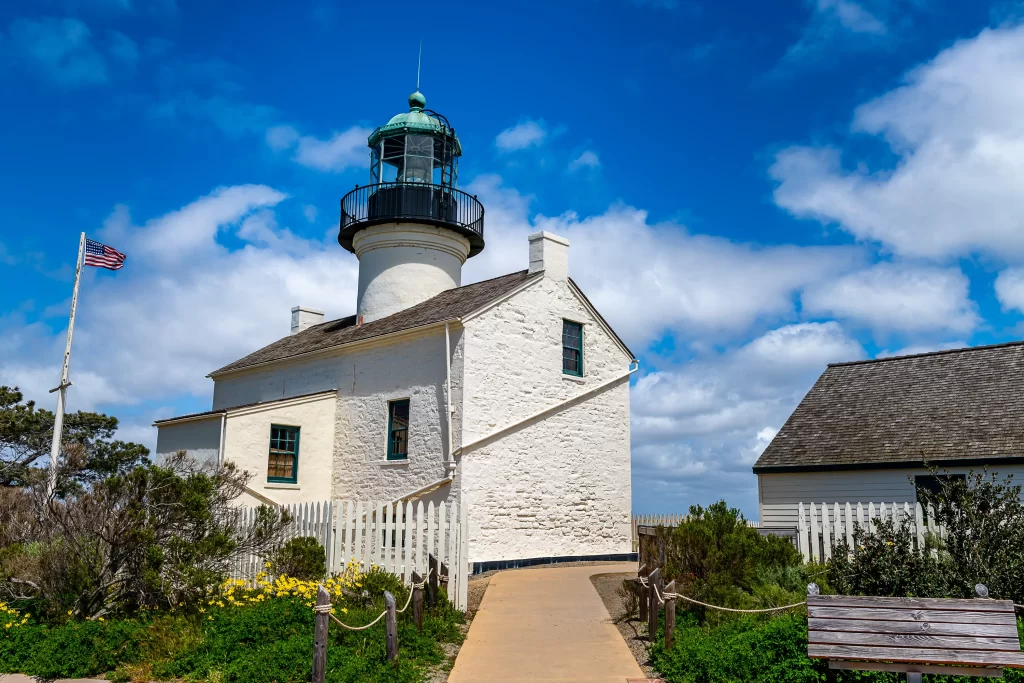
Great For
• Getting outdoors
• Family time
• Learning history
A Closer Look
Over the last few decades, many people wanted to remove the lighthouse from Cabrillo because it was not terribly functional – due to its higher elevation and other complications. For a while it was repurposed for other uses, including a tea-house, visitors center, and a radio communications tower. Then a movement began to establish a monument specifically for Juan Rodriguez Cabrillo to memorialize Spanish history in the San Diego region with a plan for a statue to replace the lighthouse. The statue was indeed established near the lighthouse, but the historical significance of the lighthouse and surrounding land was recognized by President Woodrow Wilson and it was designated as a National Monument on October 14, 1913. It is San Diego’s first attraction that is part of America’s National Park System.
The monument is managed by an amazing staff. The current superintendent is Chris Rodriguez who oversees park operation and safety for staff and visitors.
It is easy to feel drawn to the popularity of the National Parks, but National Monuments are no less exceptional. They offer not only awe inspiring landscapes, but preservation of important historical and cultural sites in the country. National Monuments tell the story of America.
